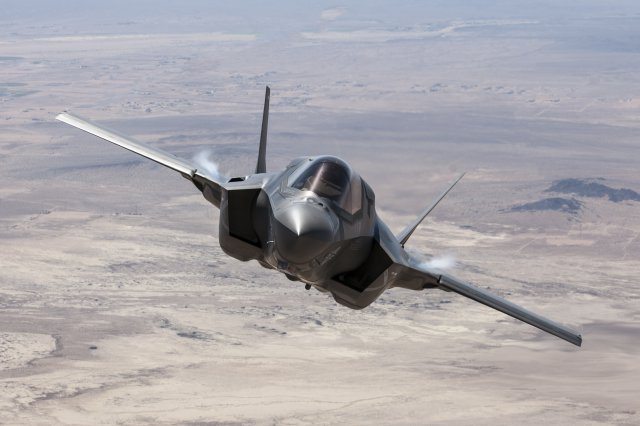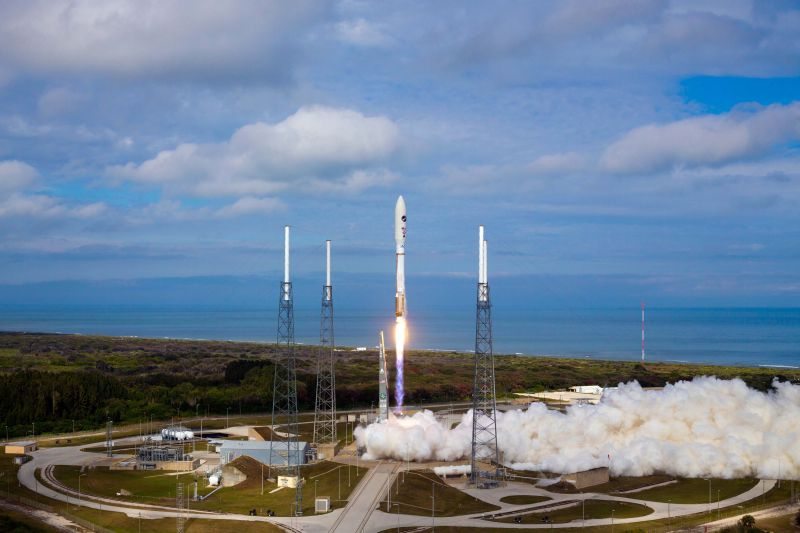A new squadron of 19 F-35 jets will be incorporated into the Israeli Air Force beginning in 2019 after the decision to purchase another set of planes was confirmed by the IAF and government officials. These newly engineered fighters are a step up compared to the F-16I, especially with the addition of new state-of-the-art stealth technology and avionics.
The Lockheed Martin F-35 is considered one of the most powerful and capable airplanes in production. It will become the first low radar signature aircraft in use by the IAF, meaning it uses both its airframe and electronics to make itself invisible to the enemy’s radar and other monitoring devices.
The first purchase of these aircraft was made in 2010 and the first planes are expected to land in Israel in 2017. Like any other plane that enters into service in the IDF, the F-35 will receive a Hebrew name, “Ha-Adir” (The Great).
In many ways the F-35 is a modern version of the F-16, already in use by the IDF. It was built as a small single-engine aircraft. Ha-Adir is extremely effective because of its versatility since it can accomplish any kind of mission: from close air support, to all-weather flight capabilities, and of course, dogfights both in and beyond visual range.
Better Performing Than the F-16I
Why fifth generation fighter jets? For two main reasons: stealth technology and avionics. The stealth technology allows the aircraft to fly practically unnoticed by any enemy. For many years, these systems were too expensive to be deployed on small aircraft, therefore they could only be used on larger and more expensive bombers such as the B-2 or the F-117. The newly developed F-35 allows the incorporation of these features at a low maintenance price.
The F-35 is also manufactured with improved electronic systems onboard. Sensors including various radars, infrared systems, and active electronic warfare systems are all mounted on the aircraft during production. They serve as an integral part of the plane and not as “add-ons” which is common in other aircraft.
As a result of these improvements, the IAF pilots will receive a more precise and complete picture of the battlefield in real-time. It will allow them to better position themselves and give them the advantage to come out on top of every mission they must face.











